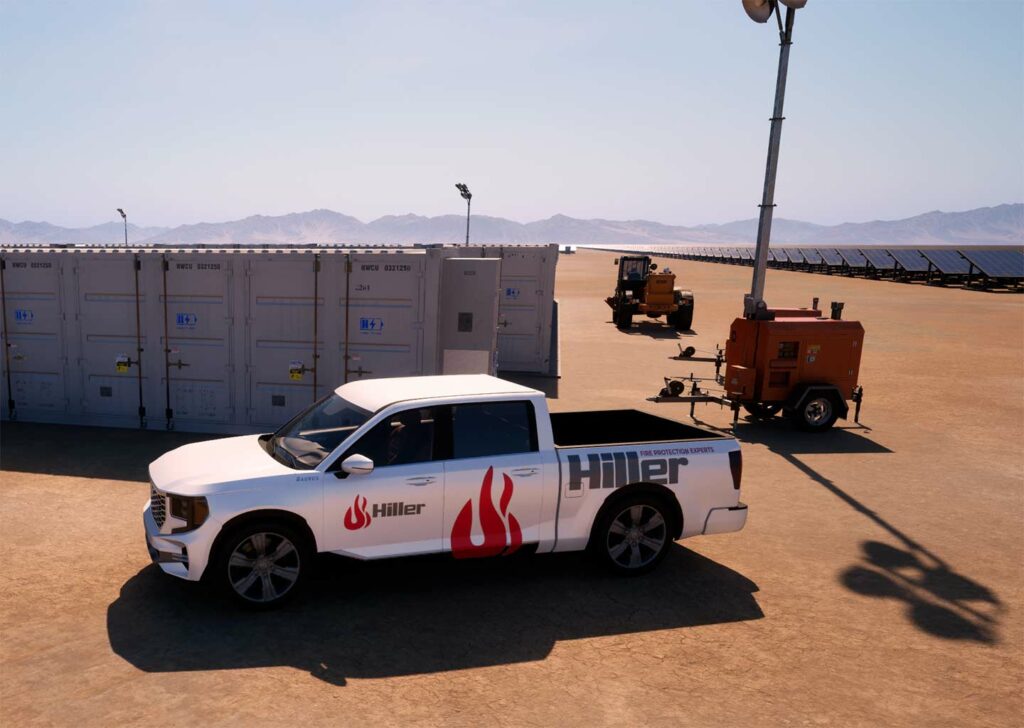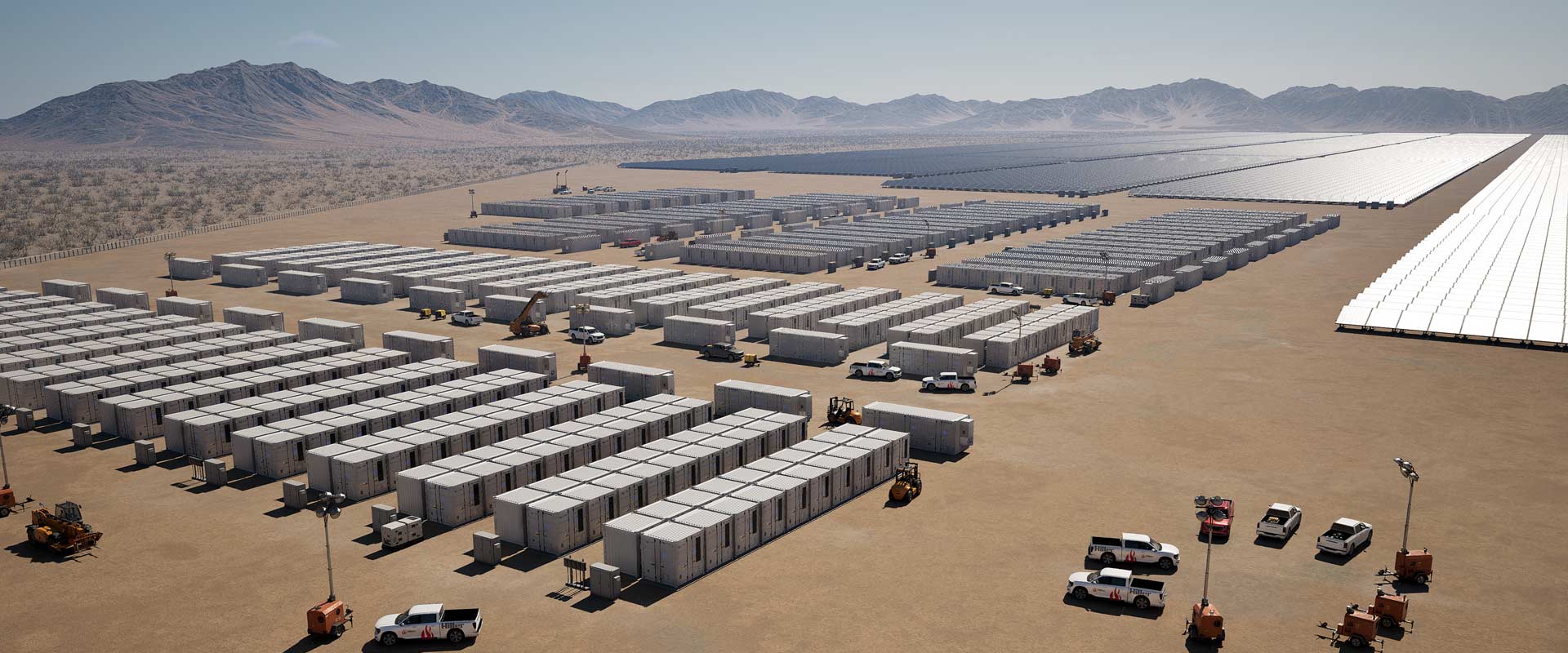Energy Storage Systems Fire Protection
NFPA 855 – Energy Storage Systems (ESS) – Are You Prepared?
Energy Storage Systems (ESS) utilizing lithium-ion (Li-ion) batteries are the primary infrastructure for wind turbine farms, solar farms, and peak shaving facilities where the electrical grid is overburdened and cannot support the peak demands.
Although Li-ion batteries are the prime concern regarding ESS, NFPA 855 code will also cover lead-acid batteries, nickel-cadmium batteries, sodium batteries and flow batteries. The code covers energy storage whether electro-chemical or electro-mechanical energy storage.

Hazard: Thermal Runaway
The use of Li-ion Batteries can create the potential for a fire protection hazard known as thermal runaway. If your fire protection design is for as a Class C fire, you may not be prepared for this catastrophic threat.
Thermal runaway, a Class B Fire, is not the same as an electrical or Class C Fire. This fire hazard is a thermal heat transfer issue because there is a disconnection from the power source which permits more current thus the risk of fire is not eliminated. Damaged batteries can reignite hours or days later due to thermal runaway.
As concentration levels for a Class B fires are different than that of the Class C fires, chemical suppression alone will not stop thermal runaway. Suppression will extinguish a Class C fire inside the ESS container or building and will stop an electrolyte fire from off-gassing of the batteries but not thermal runaway. Which are you prepared for?
Risk
Risk should be evaluated based on NFPA 855.
- Can you support a catastrophic fire event such as thermal runaway? Without proper safeguards, complete asset loss can occur.
- If the facility is in a remote location, container, or dedicated use building, each may have a unique fire hazard approach based on the risk.
- Should your design include gas detection, chemical suppression, or water based suppression?
- How does the Local AHJ fit into the discussion?
- Is life safety a factor? Yes, there is a possible risk for first responders because current is still being released.
View the following resources.
Fire Protection Solution
New terms have been added to the fire protection vocabulary: thermal runaway, off-gassing, electrolyte, ESS, and battery management system. Hiller has been closely involved in creating the new NFPA 855 standard. Hiller has been advocating for the utility market making sure that appropriate risk is considered and proper fire protection is applied. The power of the ESS may be the same but risk is not. A facility in a major urban environment does not carry the same risk as a solar facility in a remote location behind secure gates. They should not be treated as the same.
Hiller has the design experience, the technical understanding, and can provide the proper equipment for a turnkey solution based on the acceptance of your level of risk. Hiller can analyze your risk, understand the upcoming NFPA 855 Code, and develop a solution that best suits your needs. We can also provide support in educating the local and state authorities.
- NFPA 70E AC and DC Arc Flash Risks Assessments
- Computational Fluid Dynamic Fire Modeling
- SFPE Fire Risk Assessments
- Fault Tree Analysis
- Reliability and Safety Integrity Level Analysis
- FMEA (Failure Mode and Effects Analysis)
- Explosion/Fire Modeling/Deflag and Vent Calcs
- Knowledge Of Current Codes/Regulations
- NFPA 855, UL 9540
- California CFC 608
- IFC Chapter 12
UL508A focuses exclusively on the safety requirements for Industrial Control Panels. UL508A overlaps with NFPA 70 (National Electrical Code) and NFPA 79 (Safeguards for industrial applications). As a UL508A panel shop, Hiller is trained in the UL Standard and maintains the certification annually. Only Ul-listed components must be obtained, and traceability in all builds is ensured. Working with our certified UL508A, a panel shop, gives you peace of mind that you will receive the highest safety standard possible.
Manufacturer Information
Hiller provides leading edge design & development of detection and suppression systems for lithium-ion battery facilities using a combination of early warning gas and smoke detection – clean agent suppression, sprinkler deluge systems, building gas venting, in participation of code development with NFPA 855 committee.
